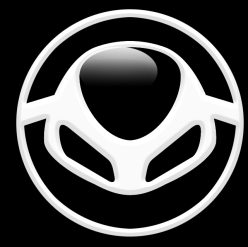Recently I had a discussion with one of our trainees whilst helping him through his Compulsory Basic Training, or CBT as it’s more commonly known. We had just completed part of the 2-hour road ride and were stopped at the roadside discussing how things had been going.
He told me he was finding if very difficult as there was too much to think about, too many things going on and he was worried that he wouldn’t remember all of the things he should be looking out for.
This is not an uncommon concern, especially for new riders who are using the roads in charge of a motorised vehicle travelling “at speed” (30mph feels really fast when you first start out!) for the first time. The problem is that there are so many different things the rider needs to pay attention to – manholes, potholes, pedestrians, buses, cars, white vans, traffic lights, side-winds, cyclists, other motorcyclists, speed humps, road signs, speed limits, junctions, roundabouts, etc, etc, etc. The list is endless.
But it really is very simple. There are only 3 things you need to pay attention to – Signs, Lines and Hazards.
Let me explain.
Road Signs and Road Markings (Lines) tell you where you should position your motorcycle and the maximum permitted speed and, in the absence of any Hazards, that’s all you would need to know in order to get where you are going legally and safely.
Hazards are what may cause the rider to need to change speed or position from their intended course.
Hazards are “anything that is potentially dangerous” and they come in 3 types :
- Physical features – such as junctions, roundabouts, bends or hill crests
- Other road users – their position and movement
- Environmental – variations in road surface, weather conditions and visibility
So, all you have to do is ride along looking for signs and lines to tell you where you would ideally position your bike and the speed you would travel at, then look for hazards and modify your speed and position accordingly.
Simple!
Except of course that in practice it’s not – there are an almost infinite number of different individual hazards and developing good hazard perception skills is essential to safe riding.
But knowing that there are only 3 things to think about – Signs, Lines and Hazards – enables the rider to concentrate on what is important – observing, planning and acting on hazards.
(c) Paul Beattie, RoSPA (Dip), Chief Instructor at Inner Circle Training Ltd.
